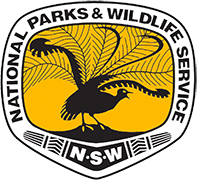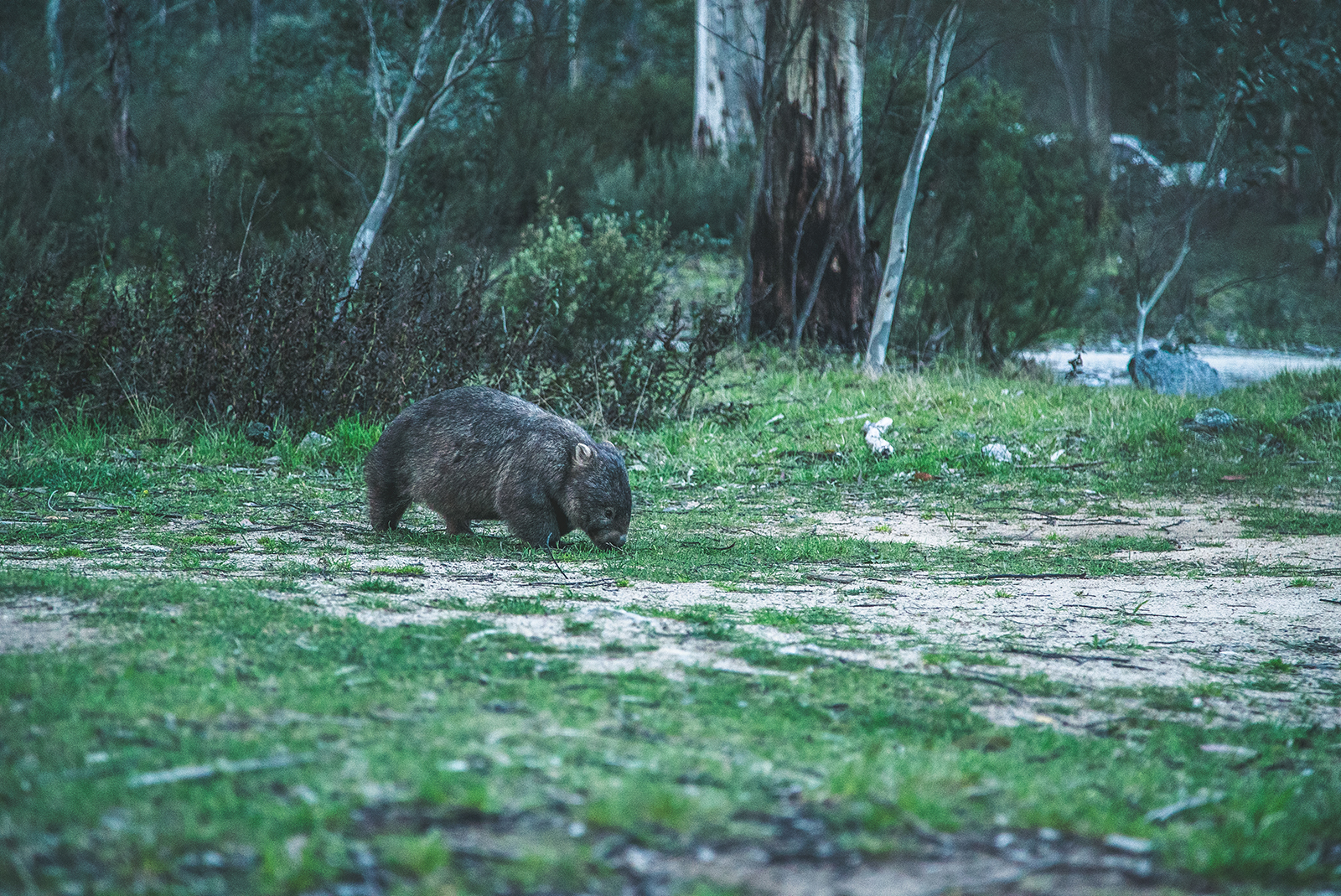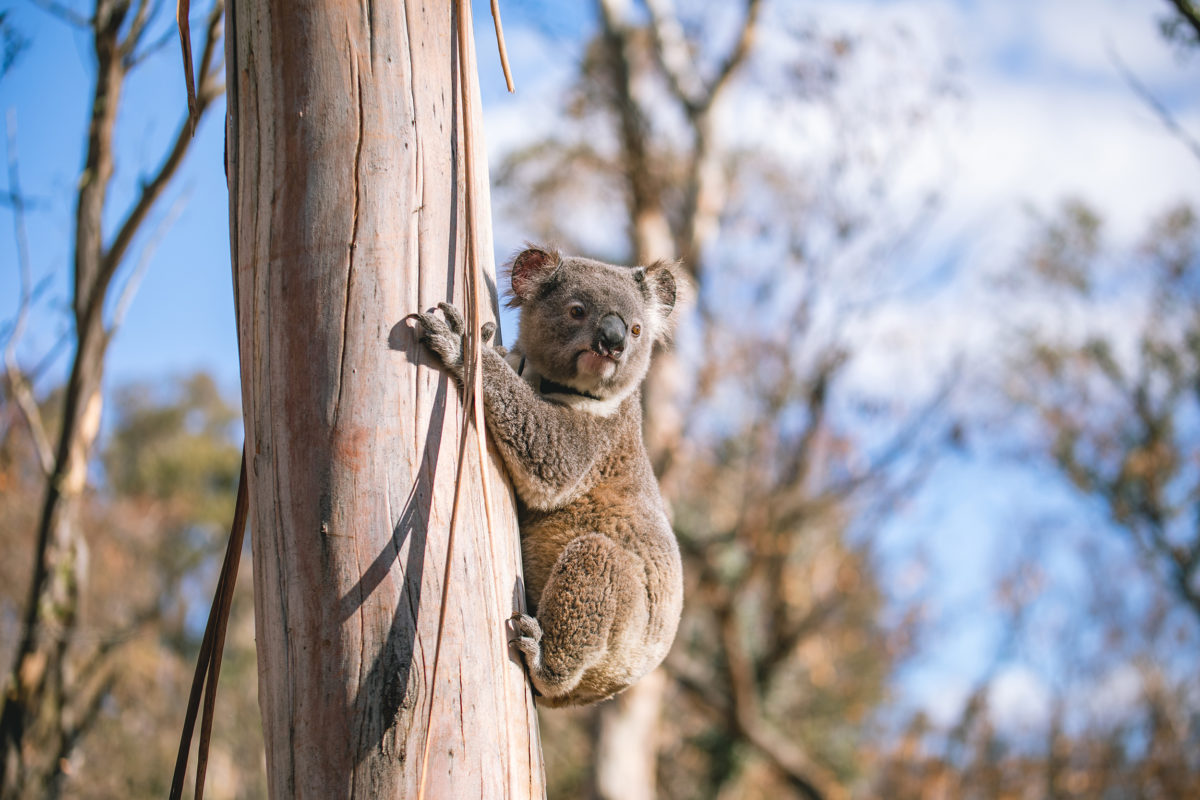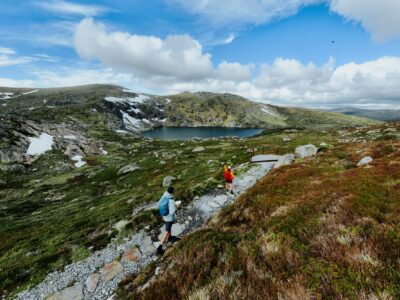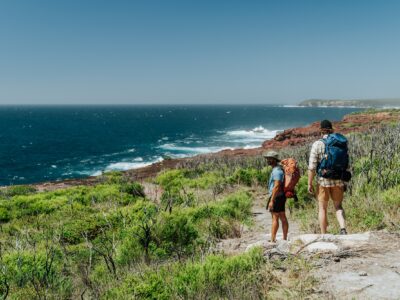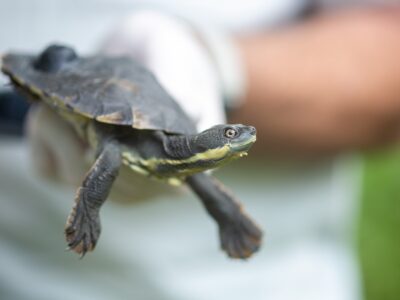There are few things that match the thrill of encountering a wild animal in its natural habitat. It’s a rare and unique glimpse into wildlife playing out right in front of you! When you encounter an inquisitive native buddy your first thought might be to offer them a bit of your organic muesli bar. It seems like a great idea at the time, right?
Unfortunately all of those “don’t feed the animals” signs are there for a reason, and while it might feel good at the time, feeding wildlife can have real and harmful knock-on effects.
But why, what’s the big deal?
-
1/6
Human food is not for native animals
View this post on InstagramLet’s be honest, that scroggin’ in your pack with a 1:1 chocolate to nuts ratio isn’t doing you wonders, let alone a wild animal that’s not used to processed human food. Losing the balance of their natural diet can make wildlife very sick, as can many of the ingredients in your lunchbox. Animals can quickly become addicted to the convenience of human food and focus on seeking it out instead of eating a balanced diet.
Food for thought: Everyone knows not to feed chocolate to dogs. But did you know you shouldn’t feed bread to ducks, rainbow lorikeets and other birds? The bread disrupts their digestive system which is not designed to process starch and they can die. Processed food causes lumpy jaw in kangaroos that will ultimately kill them.
True or false: I can toss my banana peels, apple cores and other ‘natural’ foods into the bush because they will decompose. False! These ‘natural’ food items will not decompose quickly. Some fruit take years to decompose depending on the environment they’re in. Fruit and vegetable seeds that end up on the ground could result in non-native plant growth.
-
2/6
They lose their ability to forage and exercise less
View this post on InstagramMany native animals are adapted to spending hours foraging for healthy food in native bushland. Throw human food into the mix and they can become lazy, hanging around people all day, forgetting to exercise when they would normally be foraging around.
Animals can become so used to receiving food that they become reliant on handouts instead of foraging for their natural food. This can result in some animals starving despite being surrounded by edible bushland during low season when humans aren’t around. -
3/6
They’ll want more and they’ll ruin your stuff to get it
 Photo Information
Photo InformationCheeky brush-tailed possum enjoying a stolen mandarin.
Vanessa Duncan/DPIE (2014)
Food’s my biggest motivator and I’m a well-adjusted, civilised human. Now imagine what a possum will do for a tasty piece of white bread? Feeding the animals gives them a taste of the contents of your camp pantry, making it incredibly difficult to keep your food safe from them.
View this post on Instagram
Determined animals with a taste for human food (and no fear of humans because they’ve been hand-fed) will often damage tents and cooking equipment to find a morsel. -
4/6
Hand-fed animals can become aggressive
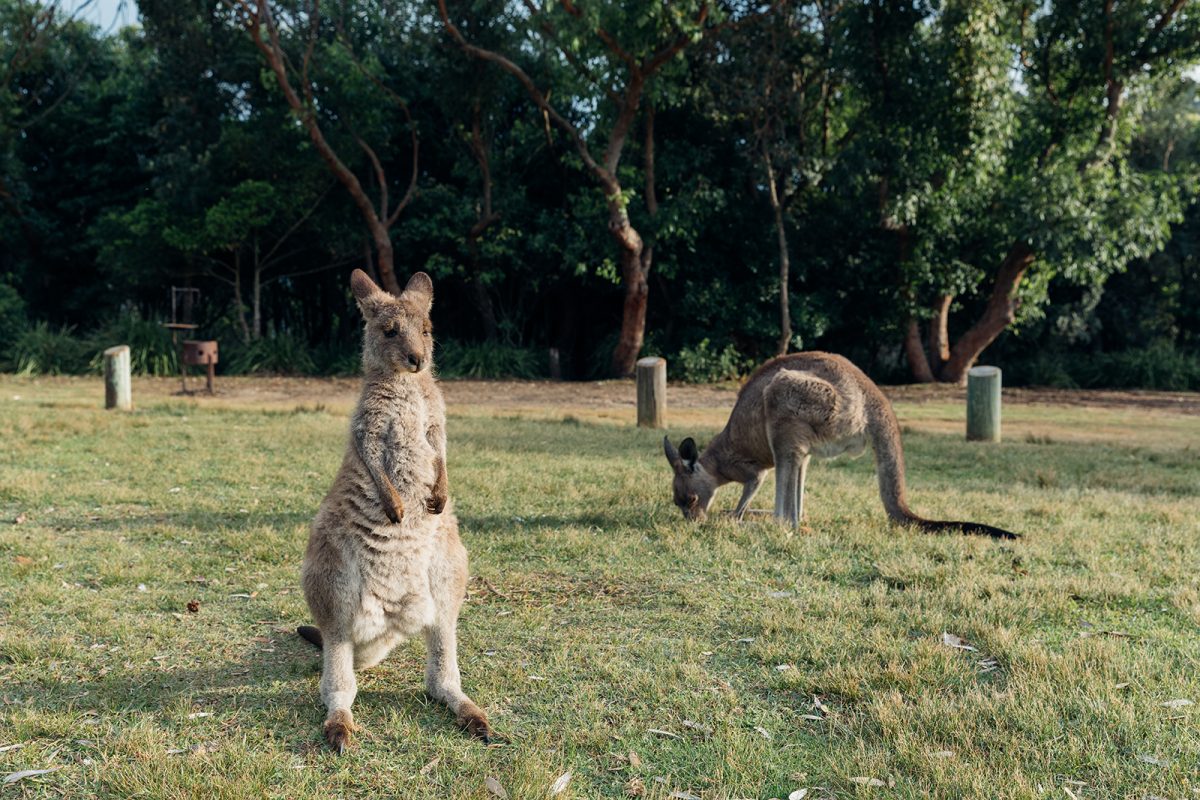 Photo Information
Photo InformationPretty Beach campground
Murramarang National Park
Melissa Findley/DPIE
You’re never the only person to offer food to the kangaroo hopping around camp. Wild animals can come to rely on humans for food and can become aggressive when they’re not fed; very dangerous and unpleasant. Make sure you’re not ruining it for future visitors just so that you can get a little closer to the wildlife.
Looks can be deceiving: Kangaroos can look extremely nice and cuddly, but if you get too close or try to feed them they can become dangerously aggressive very quickly and viciously attack, particularly the large males during mating season or females protecting their joeys.
-
5/6
It disrupts the natural order
Wild animals have a single-minded focus on the next chow-down, so if a popular walk or campsite becomes a reliable food source, animals tend not to leave. This can lead to increased population densities of some species forcing other vulnerable species out and increasing the spread of disease. It can also impact natural breeding cycles and cause birds to stop their natural migration patterns.
If you’ve seen the famous Alfred Hitchcock movie “The Birds” you’ll totally get this next bit. When birds lose their natural fear of people, they become experts at stealing your lunch! Seagulls are known to be bold enough to swoop down and take food that’s halfway to your mouth! And even the birds that are still a bit wary of people will often land in your lunch when your back is turned.
Food for thought: rather than disrupting the birds’ natural behaviours, why not enjoy watching them by packing your binoculars – you’ll be able to see native bird life interacting as they do in the wild.
-
6/6
Their aim isn’t perfect: you could lose a finger!
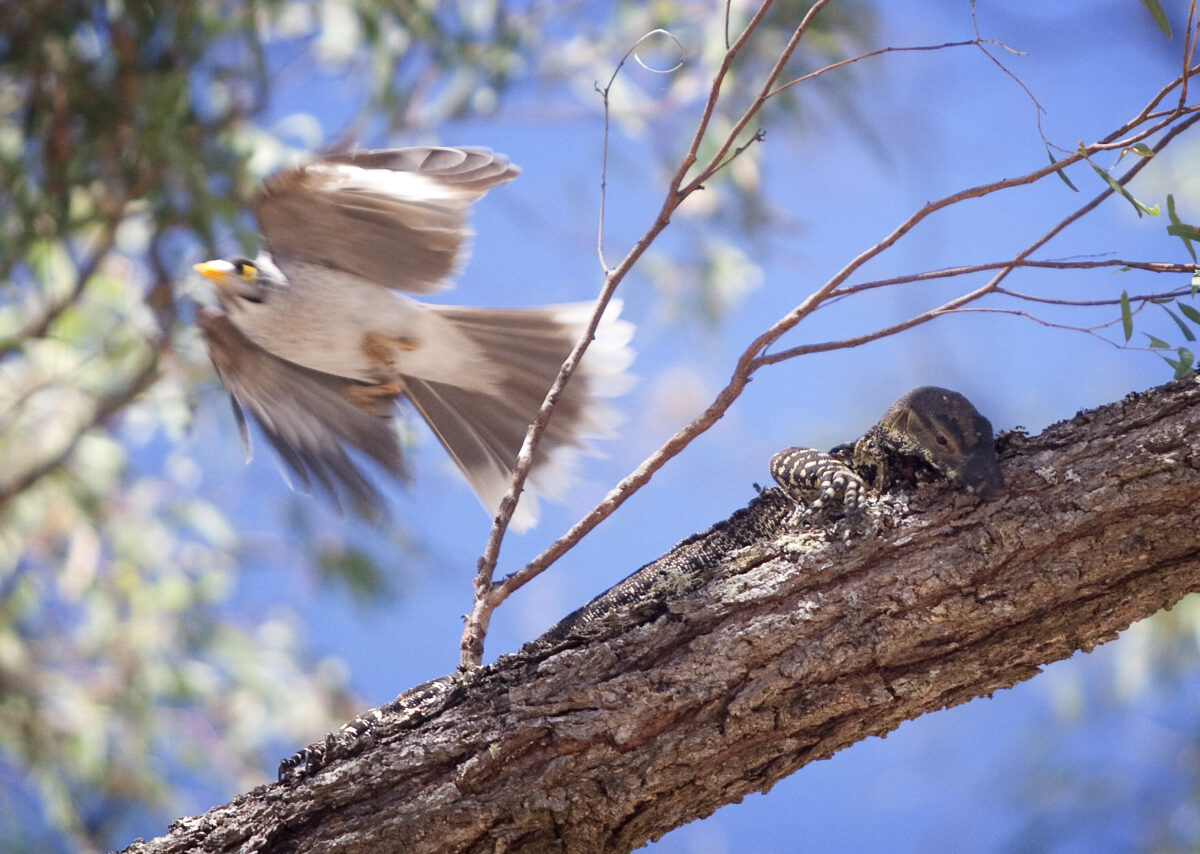 Photo Information
Photo InformationNick Cubbin / DCEEEW
Hand-feeding goannas might seem like a good way to get close to these magnificent lizards but do you really want your fingers getting that close to the sharp teeth of this poorly sighted, powerful animal? With those razor-sharp claws, you also really don’t want these climbing experts to get a fright and mistake you for a tree!
Possums may look all cute and innocent too, especially the ones with baby possums (known as joeys) on their backs, but many people have been bitten by a possum who has mistaken a finger for a piece of fruit.
If you want to see wildlife: it’s best to visit them in their habitat, rather than encouraging them into ours. So, avoid throwing uneaten food into the bushes and giving the animals rotting leftovers from the barbie.
It might sound like a guilt trip but the fact is, feeding native animals is the worst thing you can do for them, despite how cute they are or how much they appear to be enjoying it. National parks are about experiencing the pristine environment in its natural state. So get out there and spot some native animals, just keep the snacks to yourself.
Here’s more to read up on .
